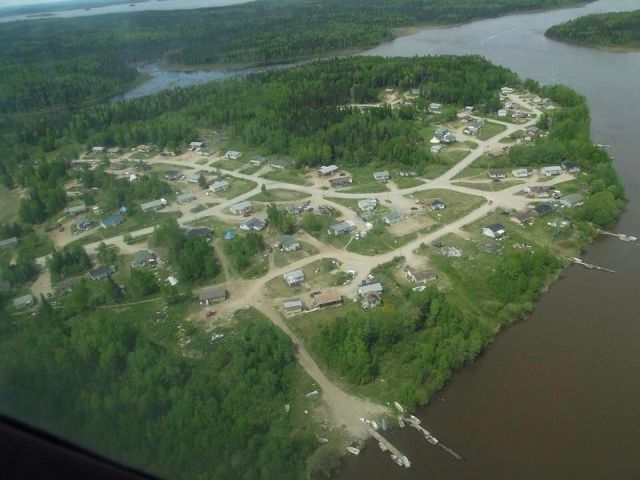
Introduction
Sandy Lake First Nation, located in northwestern Ontario, is home to approximately 1,000 members of the Oji-Cree people. This community is not only a significant part of the region’s cultural tapestry but also serves as an example of resilience and preservation of indigenous heritage in contemporary Canada. Understanding the dynamics of Sandy Lake First Nation is vital, as it highlights the importance of indigenous voices in discussions about cultural preservation, land rights, and economic development.
Historical Context
Sandy Lake First Nation has a rich history that dates back centuries, with its people traditionally relying on the land for sustenance and cultural practices. The community has faced numerous challenges over the years, particularly concerning land rights and the impacts of colonial policies. However, initiatives aimed at reclaiming land and strengthening community bonds have been prioritized in recent years.
Recent Developments
In recent months, Sandy Lake First Nation has made headlines with its efforts to enhance community facilities and services. Notably, new funding has been allocated to upgrade local infrastructure, including housing and access to clean water. The community has also initiated programs to support education and youth engagement, such as cultural camps where younger generations can learn traditional practices and languages.
Economic Initiatives
As part of its economic development strategy, Sandy Lake First Nation has also explored partnerships with businesses and government agencies. These collaborations aim to foster economic growth by creating local employment opportunities and providing training programs for community members. The emphasis on self-sufficiency and sustainability is evident in these initiatives, showcasing the community’s commitment to improving the quality of life for its members.
Community Challenges
Despite these positive developments, Sandy Lake First Nation continues to grapple with various challenges, including access to healthcare and education resources. The geographic isolation of the community often exacerbates these issues, making it crucial for government and non-profit organizations to provide ongoing support.
Conclusion
The story of Sandy Lake First Nation is one of perseverance, community support, and the pursuit of cultural integrity. As the community moves forward, it serves as an example for other Indigenous groups in Canada looking to assert their rights and enrich their cultural heritage. Ongoing support from external partners, alongside grassroots initiatives, will be essential for the long-term success and well-being of the Sandy Lake First Nation. The significance of understanding and advocating for such communities cannot be overstated, as they form the backbone of Canada’s diverse society.



